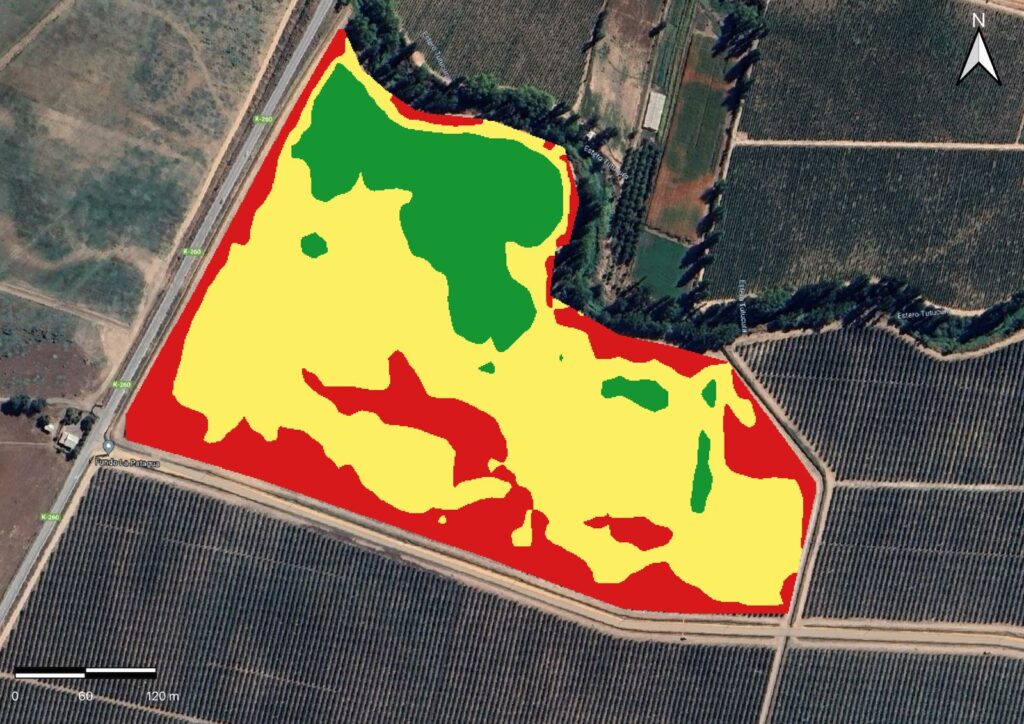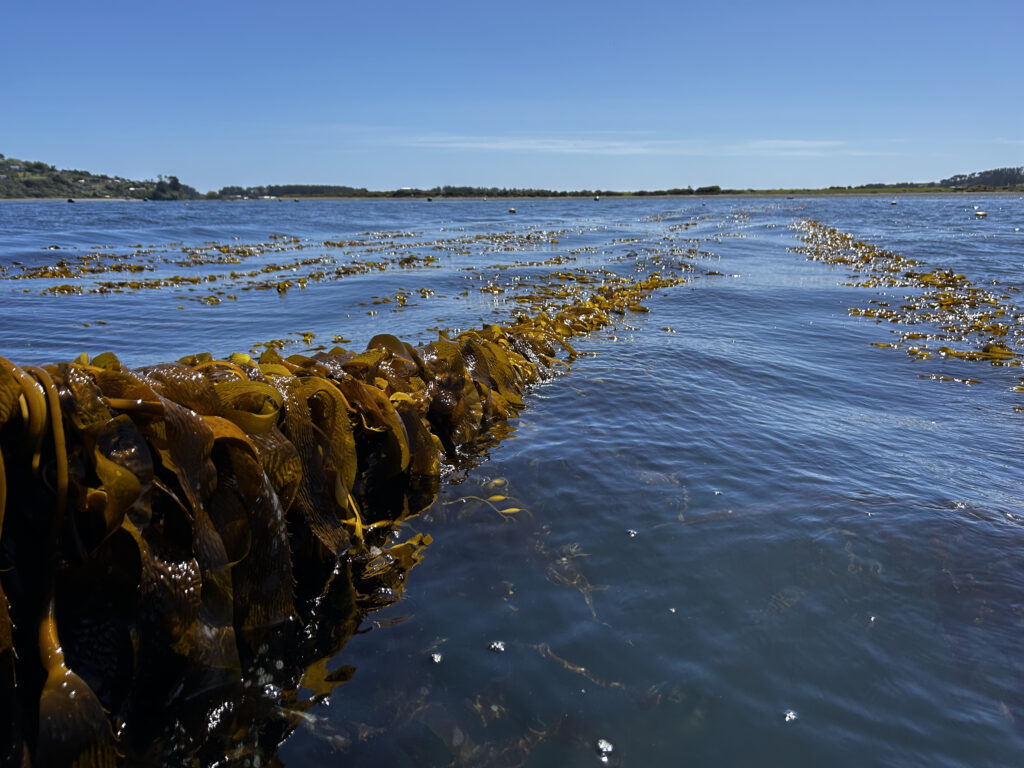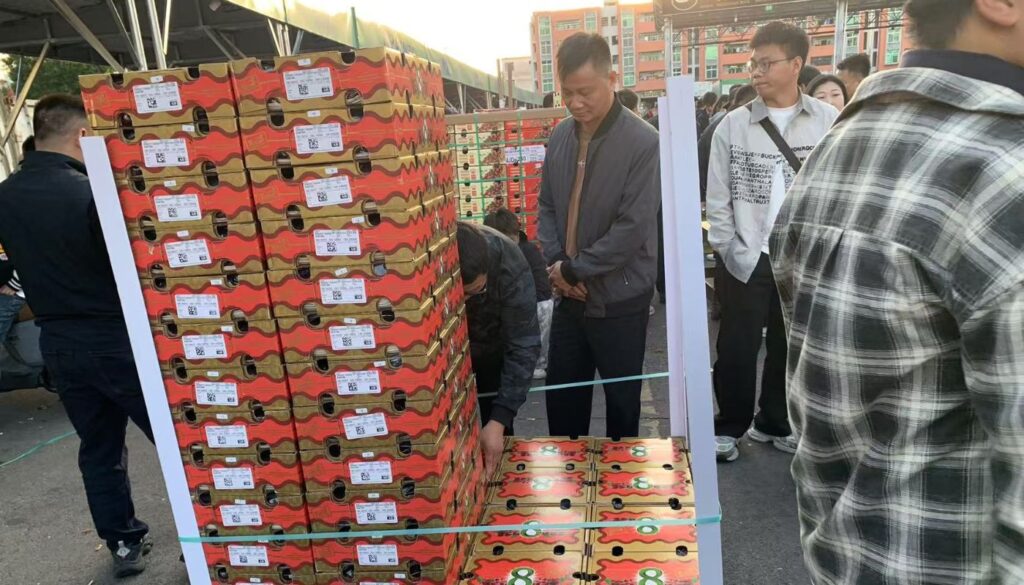The meteorological conditions expected throughout Chile will be highly variable. This will be associated with multiple atmospheric systems that will consequently cause significant conditions from the north to the south of the country.
SOUTH ZONE
Over the weekend, a frontal system will move across the southern part of the country, increasing the potential for showers. These showers are expected to be more likely from southern Araucanía to the extreme south of the country, producing rainfall accumulations ranging from 2 mm to 15 mm in the valleys. The accumulation will be greater as we move further south of Osorno and over the mountain range.
This system will cause a brief drop in temperatures, mainly significant in the maximums, with values below 20°C expected in addition to windy conditions.
Another frontal system could enter again in the middle of next week, causing conditions similar to the previous one.

CENTRAL ZONE
Although a frontal system will enter the southern part of the country, there will be very few or almost no effects on the region, so on the contrary anticyclonic currents will dominate, causing very warm temperatures with maximum values between 33° and 37° C, at least until Friday, with a brief pause on Saturday when slightly cooler air could filter through, indirectly associated with the passage of the frontal system that will advance over the south of the country. But the drop in maximum temperatures will only be very brief, since from Sunday the maximums will increase above 33° C to 36° C, prevailing thus the rest of February, so the common denominator will continue to be high temperatures.
There will be isolated storms over the mountain range, but they will remain limited to that area without affecting the valleys.
In the coastal area we will have significant fog coverage, mainly at night and in the morning, so temperatures will be regulated by this condition. On Saturday during the early morning-dawn, fog could enter the valleys of the coastal mountain range.

European.
NORTH ZONE
Unlike the central zone, the northern zone will experience slight instability associated with the passage of high-altitude troughs, which will cause the presence of storms in the high areas of the mountain range between Coquimbo and Atacama, remaining limited to the mountains with the possibility of leaving accumulations of over 30 mm in the mountainous area.
Despite the passage of high-altitude troughs, temperatures will remain high in low-lying areas away from the coast, with potential maximums of 31° to 33°C for the rest of the week, increasing from Sunday to 33° to 35°C in the north chico, while from Atacama to the far north, temperatures of 30° to 33°C are expected.
Temperatures along the coastal area will remain below normal, associated with possible fog and the effect of the marine layer.

TEMPERATURE ANOMALY IN THE NEXT 10 DAYS
In general, temperatures are expected to be above normal from the Coquimbo region to Bío-Bío (with the exception of the coasts, which are expected to be below normal), while they are expected to be below normal in the southern area, due to the passage of a pair of frontal systems.

LONG TERM
The average weather continues to be mostly warm during the month of March, with occasional entry of frontal systems, but with temperatures above normal.
The southern area could be very rainy the last week of March, associated with the constant passage
of frontal systems.
Average temperature anomaly throughout the month of March.
The previous general forecast was made by the company GlobalMet, who have the best tool for farmers, providing their clients with a personal meteorologist service, who knows their field and provides forecasts up to 30 days in advance.
Through the App, to which access is provided along with the service, you can consult variables such as temperature, humidity, cloudiness, rain, wind, radiation, thermal sensation, dew point, evapotranspiration, among others, accompanied by graphics by day and time and if you need an explanation about any of the variants or information about a specific event, you will also have a WhatsApp group where the meteorologist assigned to your field will answer all your questions.
GlobalMet's job is to provide producers with accurate information on the variables that will be present at their specific point so that they can have better planning and decision making in the field, for example, during frost season it can provide information on what day it will freeze and how long it will last, thus they can better use their frost control system and apply climate stress products; all of this will be directly reflected in the producer's pocket.
Remember that the forecast for next March continues to speak of high temperatures and radiation, winds that cause dehydration with low relative humidity; these 4 factors are very important to consider in new orchards and also in orchards in production, where we continue to protect the fruit from damage from sunstroke and in cherry trees, protecting the last stage of bud differentiation in post-harvest.
Don't forget to apply our latest generation liquid sunscreen, EQUI-SUN, available at Vadpagro.
For more information about this service, go to www.app.globalmet.mx or in www.vadpagro.cl or enter the Vadpagro mini site on Smartcherry.








